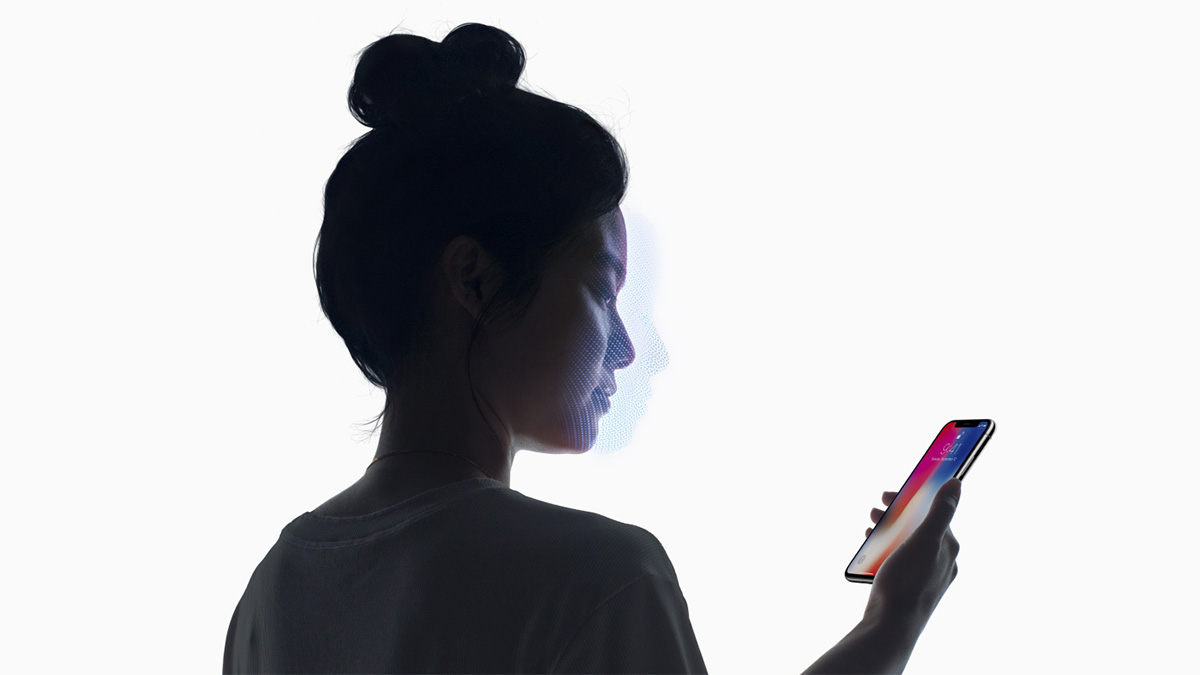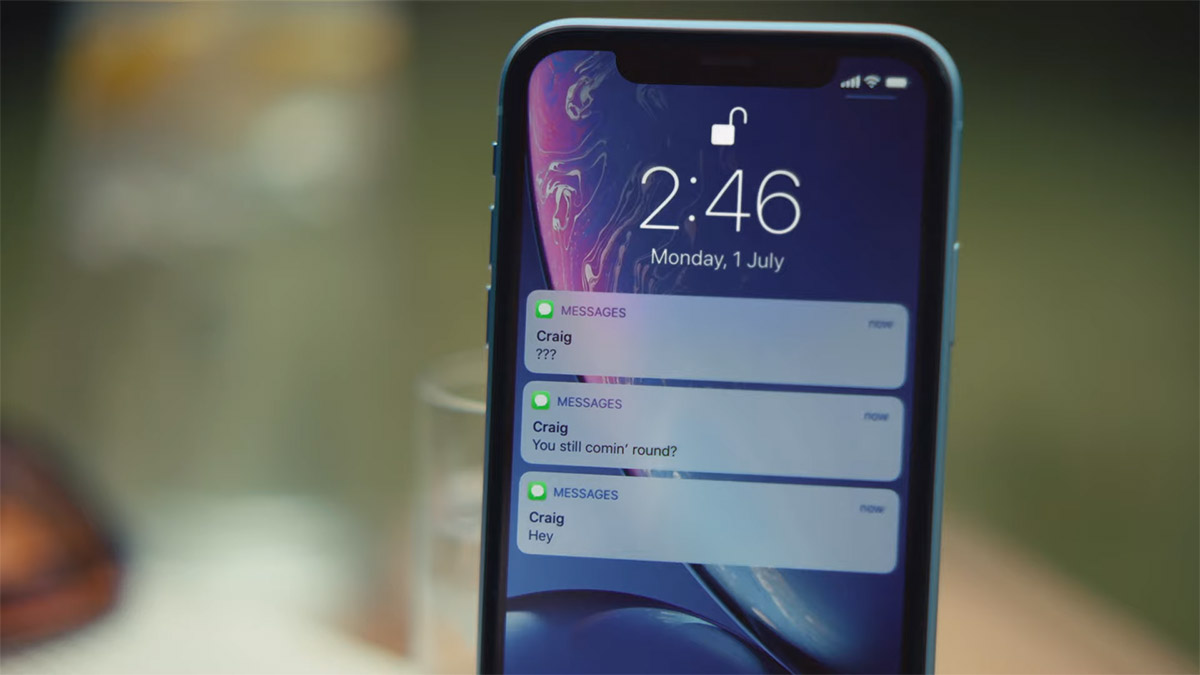Apple applied for a Face ID for Mac patent all the way back in 2017 and now that patent has been granted. Notably, the version of Face ID that this patent applies to was prior to the iPhone X’s announcement and the technology appears to be more advanced than the one that is used in current iPhones.
The patent shows the Mac’s camera being used to handle a couple of special features. The first of those is the ability to have the camera confirm that a user is in front of the Mac, preventing it from going to sleep during use. Similar attention mechanisms have been used in smartphones for years, and bringing it to the Mac would definitely be of benefit to users.

Occasionally, however, a device may enter the power saving features/modes while a user is still using the device. For example, the power saving features may be entered because the user failed to provide input within the time period set for the timer while reading content on the device, viewing a movie, or listening to music. Additionally, recovery from the power saving feature/mode may take time, may even require the user to enter credentials, and generally may be a nuisance to the user.
As for the second part of the camera’s function, things start to get a little complicated because it appears to have been written with the sole aim of making little sense.
One embodiment may take the form of a method of operating a computing device to provide presence based functionality. The method may include operating the computing device in a reduced power state and collecting a first set of data from a first sensor or a group of sensors. Based on the first set of data, the computing device determines a probability or likelihood that an object is proximately located to the device. Additionally or alternatively, the computing device may make a hard decision as to the proximity of an object, for example, it may determine if the object is within a threshold distance of the computing device and, if the object is within the threshold distance and/or is likely proximity located to the device, the device activates a secondary sensor to collect a second set of data. Based on the second set of data, the device determines if the object is a person. If the object is a person, the device determines a position of the person relative to the computing device and executes a change of state in the computing device based on the position of the person relative to the computing device. If the object is not a person, the computing device remains in a reduced power state.

The belief is that the feature would allow a Mac to automatically wake and then authenticate a user even if it is asleep when they approach, as noted by 9to5Mac. And while the patent uses a Mac in its illustrations, it’s possible that the technology could also be used on iPhones and iPads in the future.
Now that Face ID has made the move to the iPad Pro as well as the iPhone, it stands to reason that a Mac version will arrive in due course. The sooner the better, too.
(Via: 9to5Mac)
You may also like to check out:
- iOS 13 Beta 6 Profile File Download Without Developer Account On Your iPhone Or iPad
- Download iOS 13 Beta 6 IPSW Links And OTA Profile Update
- Jailbreak iOS 12.2 Using Unc0ver 3.3.0 IPA
- Install WhatsApp Web On iPad Thanks To iOS 13 And iPadOS 13
- 100+ iOS 13 Hidden Features For iPhone And iPad [Running List]
- How To Downgrade iOS 13 / iPadOS 13 Beta To iOS 12.3.1 / 12.4
- iOS 13, iPadOS Compatibility For iPhone, iPad, iPod touch Devices
- Download iOS 13 Beta 1 IPSW Links & Install On iPhone XS Max, X, XR, 8, 7, Plus, 6s, iPad, iPod [Tutorial]
You can follow us on Twitter, or Instagram, and even like our Facebook page to keep yourself updated on all the latest from Microsoft, Google, Apple, and the Web.

